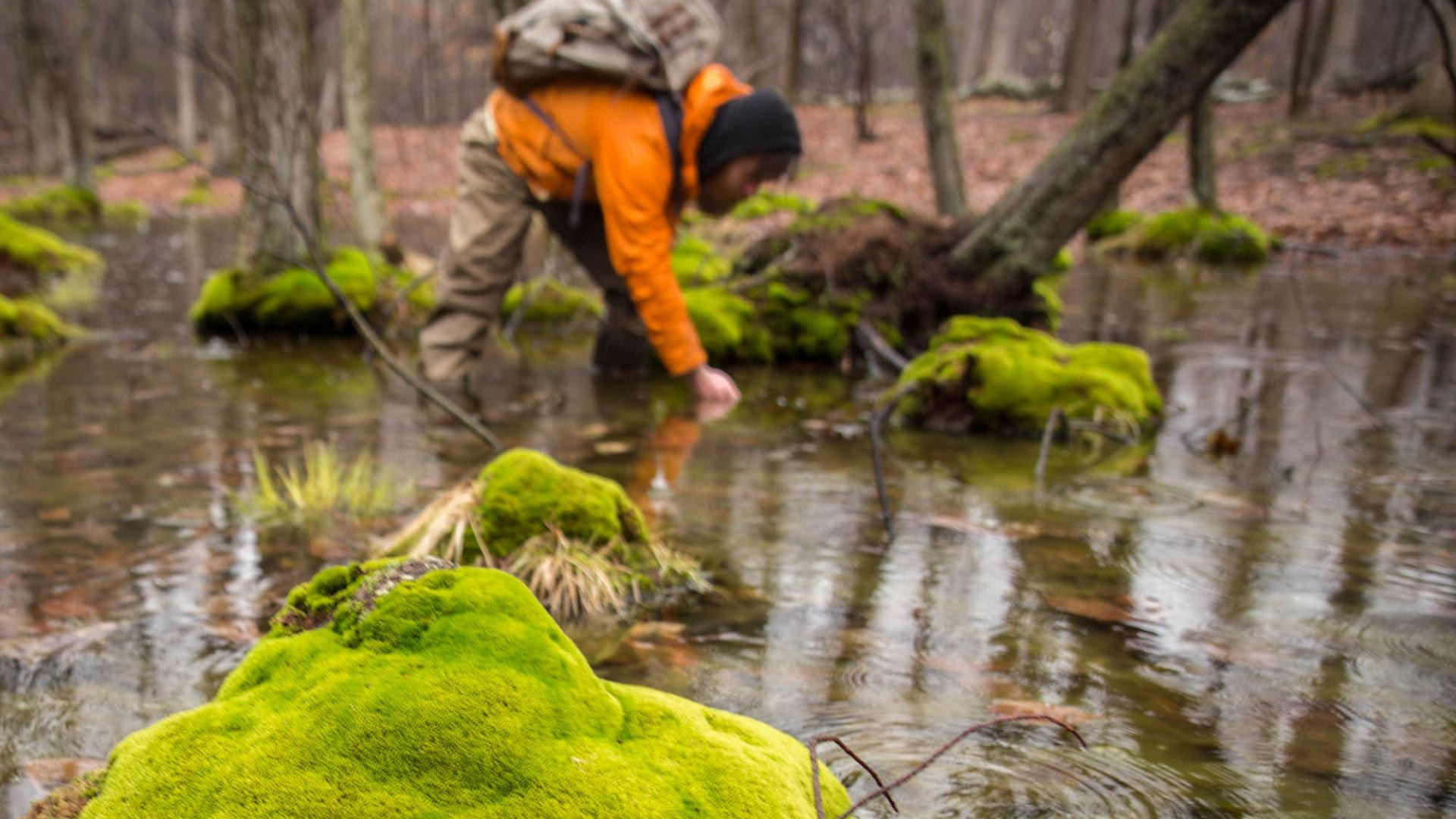Our lab studies the ecological and evolutionary mechanisms affecting the fate of wild organisms. As humans occupy an ever larger fraction of our changing planet, other species are challenged to make a living in remaining environments that are often altered by the myriad ways we use natural ecosystems. We focus on amphibians. Their attributes make them excellent representatives of the broader issues that can affect all wildlife. They often live in environments located near and even within settled landscapes. They depend on both freshwater and terrestrial environments. Many species rely on forests.
Amphibians are often represented as vulnerable because so many species have declined and even gone extinct in recent decades. We have disputed their characterization as being particularly sensitive. In fact they are more typical than extraordinary. And that makes their precipitous decline such an important warning for the overall condition of the planet.
It also makes it important to understand how species declines happen and how they persist in the face of multiple environmental challenges. We use long term data collected from dozens of local sites to understand patterns of change and to study their causes.
Insights from research in our lab include that:
~ in spite of the ease with which individuals can move between ponds, we have found that multiple traits of our main study species show localized divergence.
~ embryonic development rate shows a countergradient pattern (more rapid development in colder ponds when controlling for temperature) and this pattern was revealed during experiments repeated 17 years apart.
~ populations have gone extinct in recent decades in ponds that have undergone the largest degree of environmental change.
~ climate is changing at our study sites but even in the face of overall warming, late snowpacks associated with polar vortex related events are leading to delayed spring breeding.
~ an amphibian metapopulation studied for two decades generally does not show spatial synchrony, though extreme drought can synchronize dynamics.
~ domestic wastewater is widely present in suburban wetlands and can be the major source of nitrogen in resident amphibian larvae.
~ chemical contamination is linked with intersex and sex reversal in amphibians.
~ while much attention has focused on chemical contamination in agricultural landscapes, suburban landscapes also show broad patterns of contamination potentially linked to a much more complex contaminant landscape.
As the world changes, species like the ones we study are responding in real time. Some of these responses are ecological but, surprisingly often, we are finding evidence for evolved responses. These discoveries have depended heavily on hard won observational data collected over many years. These observations are the bedrock that allows us to identify patterns that are both strong and could be relevant to systems beyond our own. We use field and laboratory experiments to dissect the mechanisms that may contribute to what we have seen.




